Affiliate links on Android Authority may earn us a commission. Learn more.
7 problems modern smartphones have solved without you knowing it
Published onJuly 19, 2021
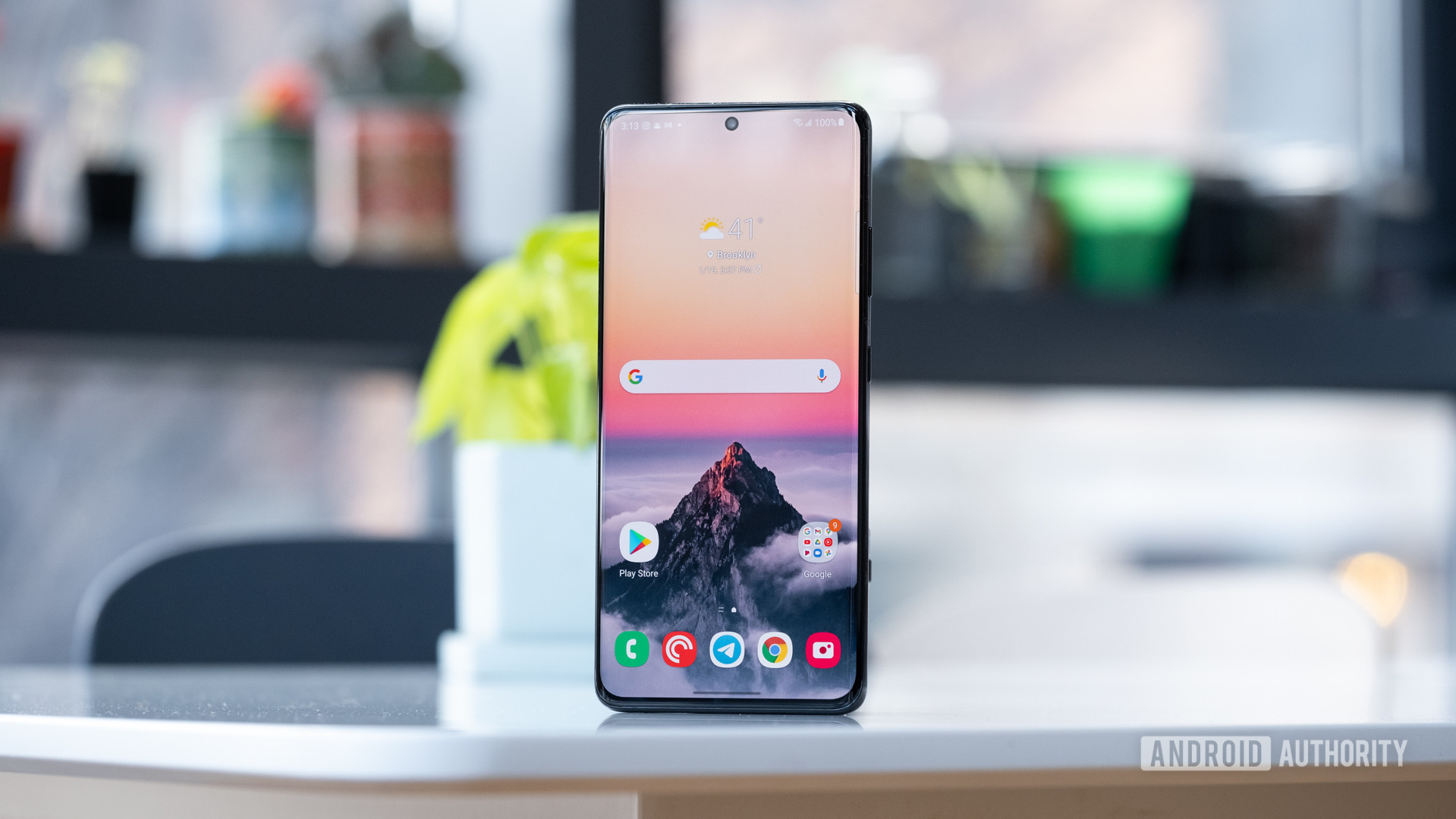
Today’s smartphones might not be as exciting as the early 2010s in some ways, but these phones have definitely improved in almost every category. From camera quality and battery life to charging and connectivity, you’d be making a massive step up if you upgraded from a smartphone bought in 2011 or 2012.
But there are also a few early smartphone problems modern devices have largely solved without you actually realizing it. Don’t believe us? Here are some of the more prominent problems that have been addressed for the most part.
1. OLED screens don’t suck
The OLED versus LCD fight used to be a lot closer back in the early days of smartphones, with devices like the Samsung Galaxy S and Galaxy S2 using OLED screens while LG and HTCadopted LCD panels. That’s because OLED displays weren’t the be-all-and-end-all at the time.
One of the biggest problems with early OLED screens at this time was screen burn-in, which sees elements being permanently “burned” into the display. It wasn’t uncommon for users to notice the shadow of their home screen on their old OLED-toting phone — it happened to me with my ancient Samsung Omnia 7. And who can forget the infamous Pixel 2 XL debacle? Screen burn-in is still a thing in 2021, but advancements in this area and measures developed by manufacturers have helped to mitigate this issue in a major way.
Overall quality was also a significant OLED problem, as these early screens offered a disappointing viewing experience compared to what we have now. It was difficult to view early OLEDs in direct sunlight. Again, today’s panels have come in leaps and bounds, offering great outdoor legibility and a far more polished overall viewing experience.
Finally, cost is another issue traditionally associated with OLED panels, but pricing has come down somewhat over the years. You can now find these screens on budget phones from the likes of Samsung and Xiaomi.
2. Storage that doesn’t bog down over time

Another issue we had in the early days of the smartphone era was storage that became wildly slow as the months and years went by. Nowhere was this more clearly illustrated than with the Google and ASUS Nexus 7 tablet back in 2012.
The Nexus tablet shipped with pretty slow eMMC storage to begin with, but the bigger issue was the way the Android platform handled flash storage. The latter meant that it wasn’t uncommon for Android tablets and phones to slow massively down the line. Thankfully, Google shipped a storage-related feature called TRIM from Android 4.3 onwards, drastically improving device performance in the long term.
3. Transferring contacts and personal data
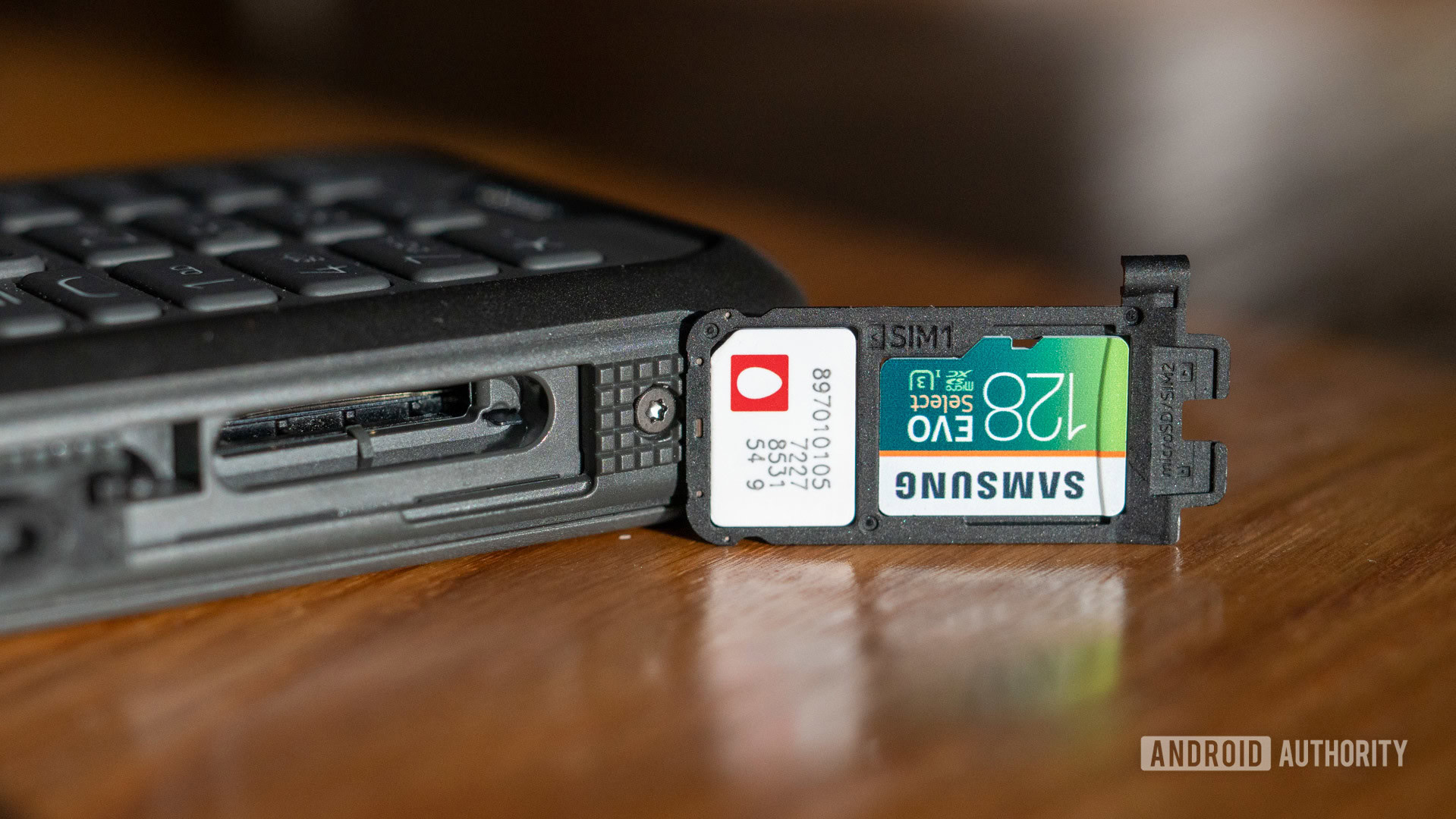
Remember when switching phones meant that you had to manually transfer your contacts (be it by entering these numbers manually, via SIM card, or the dreaded contact-transfer machine at your carrier store)? Well, that’s another early smartphone problem that’s been overcome in the intervening years. Nowadays, we log into our Google account on the new phone, and all of our contacts are synchronized.
The magic of a Google account also means that you can quickly get access to your emails, streaming music library, cloud drive, photo backups, and more. What if you want to transfer everything from one phone to another? There are solutions for that too.
More reading: Got a new phone? Here’s how to switch like a pro.
Today’s Android phones have a first-party solution via Google, allowing you to restore from a backup when setting up your new phone. And if that’s not enough, Android OEMs often have their own data transfer tools, so you can quickly get your new phone running just the way you like it. It’s not quite as seamless as Apple’s functionality, but it’s pretty great anyway.
4. Zoom that doesn’t have to be awful
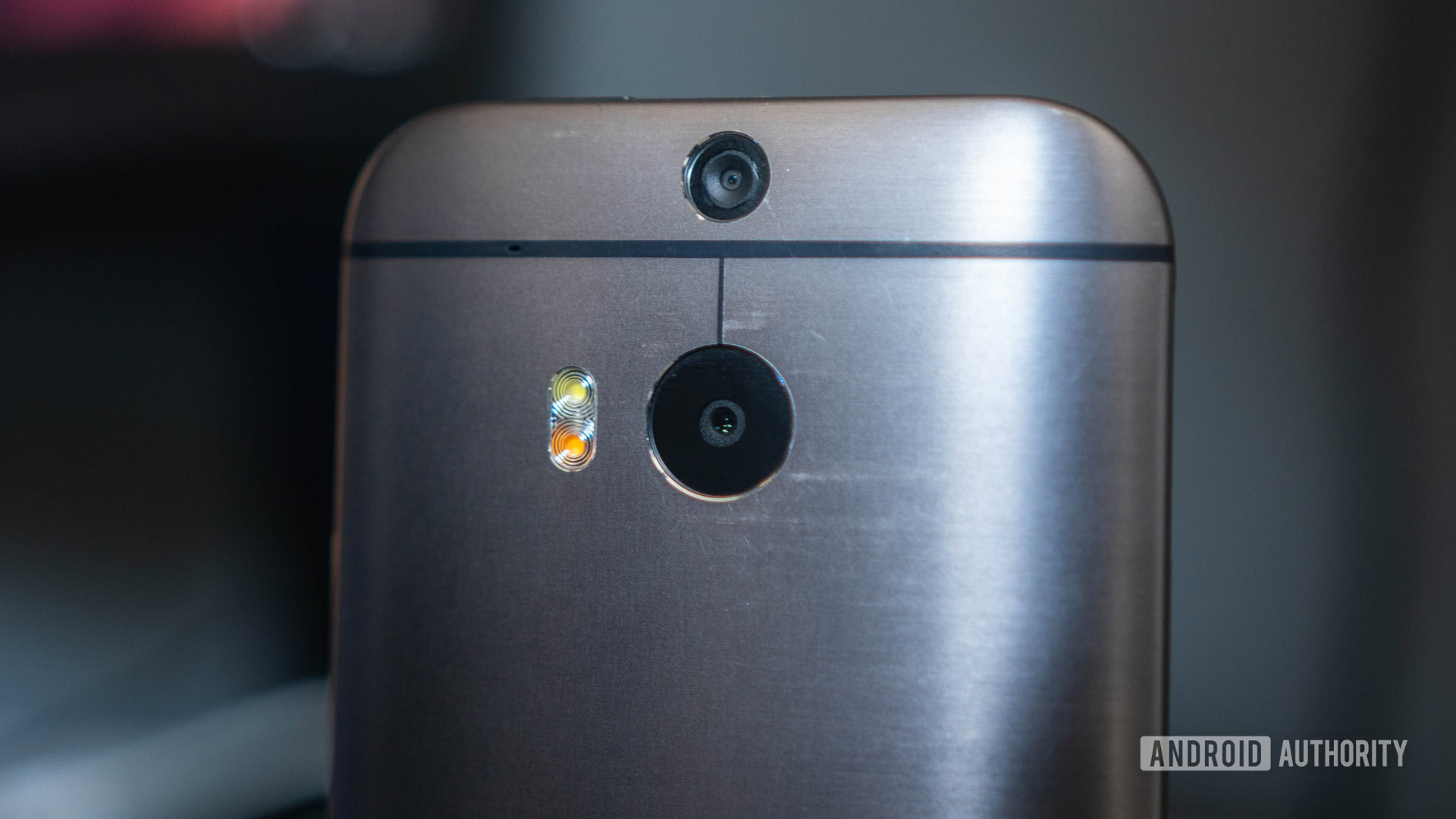
Smartphone zoom was quite bad back in the day, as earlier smartphones relied on purely digital zoom (i.e., cropping) from their single rear cameras. But that’s changed in the last few years when it comes to flagship smartphones.
These days, you can find high-end phones packing a solitary 2X, 3X, or 5X telephoto camera to deliver zoomed-in images that blow older devices out of the water. You can even find some phones with two telephoto cameras, with one for short-range zoom and the other for long-range results.
We don’t find telephoto cameras on all phones, though, but many devices without these lenses also benefit from better zoom these days. That’s due to improved hybrid zoom technology like Google’s Super Res Zoom or Samsung’s Hybrid Optic Zoom. We’ve also seen the likes of LG and other brands use high-resolution main cameras (e.g., 48MP to 108MP) to enable better short-range zoom, thanks to all those pixels.
That’s not to say devices without dedicated telephoto cameras offer fantastic zoomed-in images, but they’re certainly a step above devices from yesteryear. And so it’s entirely possible to capture decent 2X images if your modern phone doesn’t have a telephoto camera.
5. More storage space
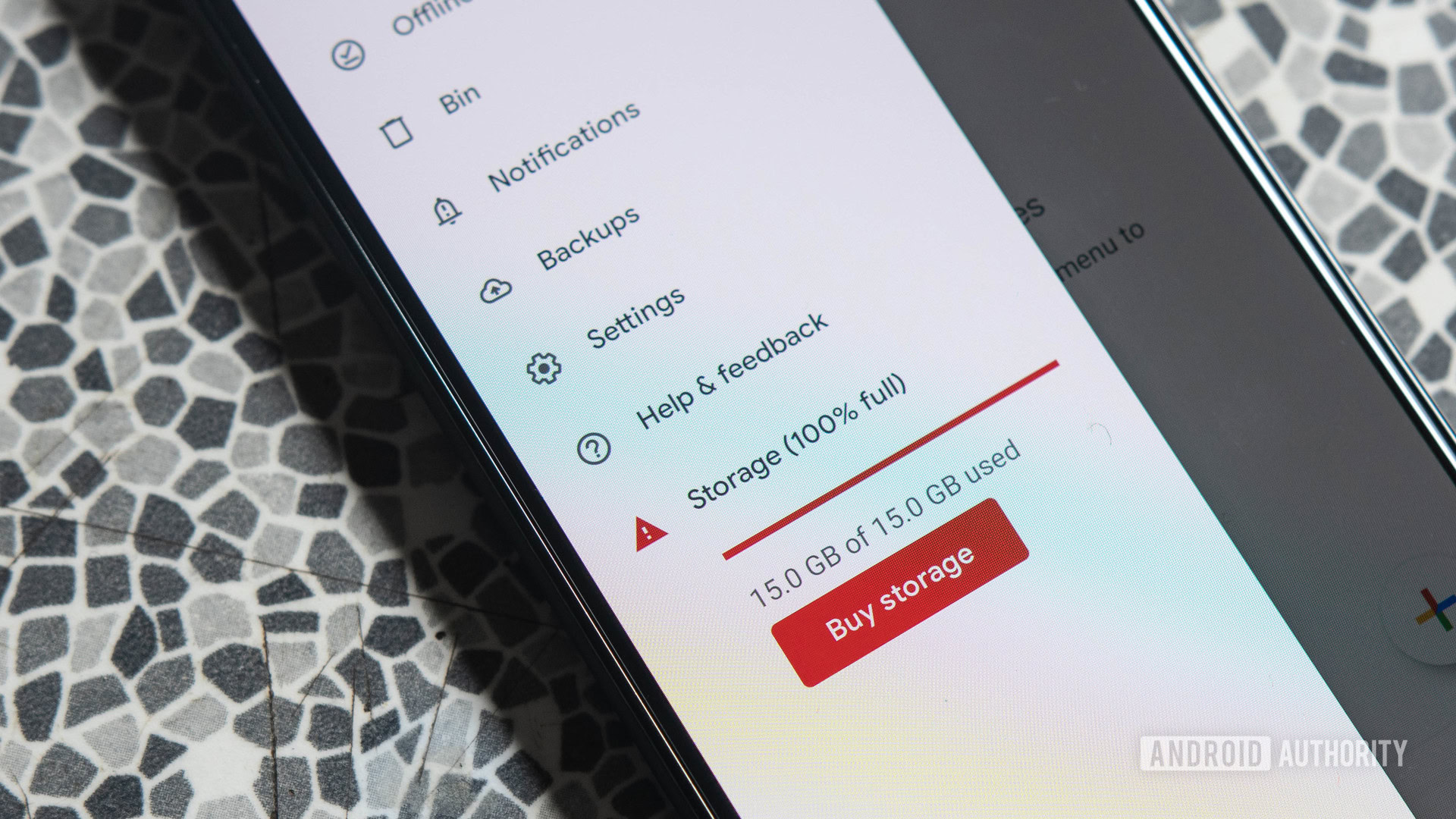
It used to be the case a decade ago that 8GB of expandable storage was what you could expect on a typical smartphone, with 16GB, 32GB, or 64GB for flagship phones. That wasn’t a lot of space at all, and we even saw 4GB of storage on many budget devices. It’s no wonder that a lack of storage space was one of the biggest problems with early smartphones.
Fast-forward to 2021, and storage isn’t nearly as big of a concern as it was all those years ago. That’s because manufacturers have upped capacities as the cost of eMMC and UFS storage decreased. In fact, it’s not uncommon to find budget phones with 32GB to 128GB of space. Even phones like the ~Rs 6,800 (~$91) Redmi 9A ship with 32GB of storage, while devices like the Rs 13,500 (~$181) Samsung Galaxy M12 offer 128GB of storage. We only really see 16GB of storage with Android Go devices.
More reading: How to free up storage space on Android
Another major reason why storage space isn’t as big of a problem anymore is that cloud storage has become more pervasive. Google Photos may have ditched its free unlimited storage feature, but it still offers an automatic, seamless way to keep your photos and videos backed up with its 15GB of free storage. Google Drive pricing has also dropped over the years, going from $5 a month for 100GB of storage to $2 a month and helping to make cloud storage more affordable.
Finally, photos and videos consume less space at the same quality these days. That’s due to HEVC and HEIF codec support gaining steam, meaning that high-resolution snaps and videos take up less space but still deliver the same great quality. And popular video services like YouTube and Instagram support HEVC too.
6. HDR photography
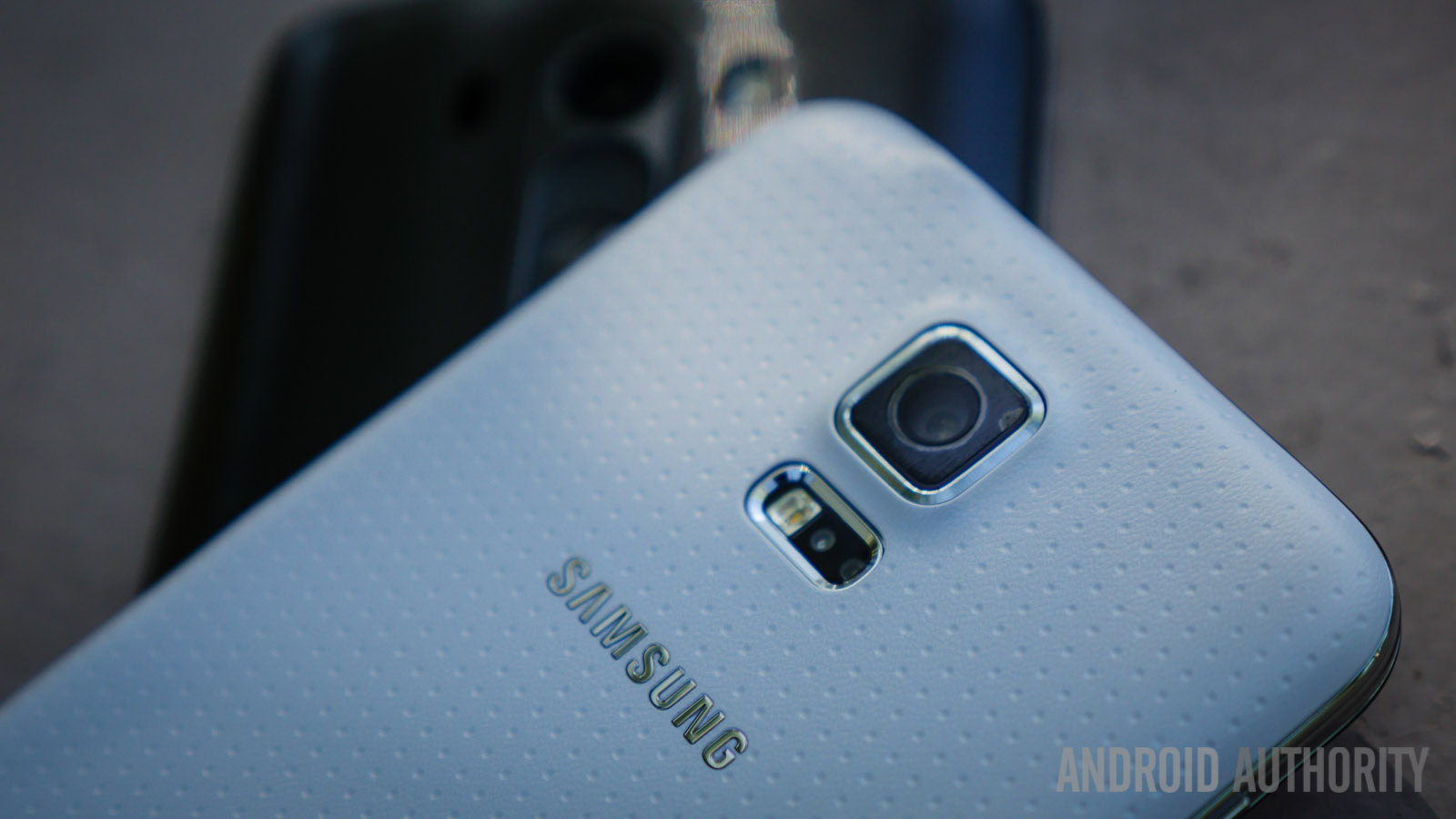
One of the biggest problems with early smartphones was that HDR photography was pretty bad. Conventional HDR combines multiple frames at different exposures to produce images with wide dynamic range. That is, you can make out the detail in the darkest areas of the image without sacrificing details in the brightest parts (and vice-versa).
Unfortunately, HDR on early smartphones was extremely unreliable for the longest time. This was because early phone cameras and processors couldn’t capture and combine multiple frames quickly enough to prevent ghosting. And ghosting was indeed a major issue when taking HDR shots on early 2010s devices.
But HDR got a major upgrade in the mid-2010s thanks to phones like the Galaxy S5. These devices brought real-time HDR photography to quickly combine frames and spit out pleasant results without blurring or ghosting. We’ve since seen manufacturers like Samsung and Google make HDR mode the default when taking photos, as it’s virtually indistinguishable from standard photo modes in terms of speed.
7. Fingerprint scanners are almost a given (and work well)
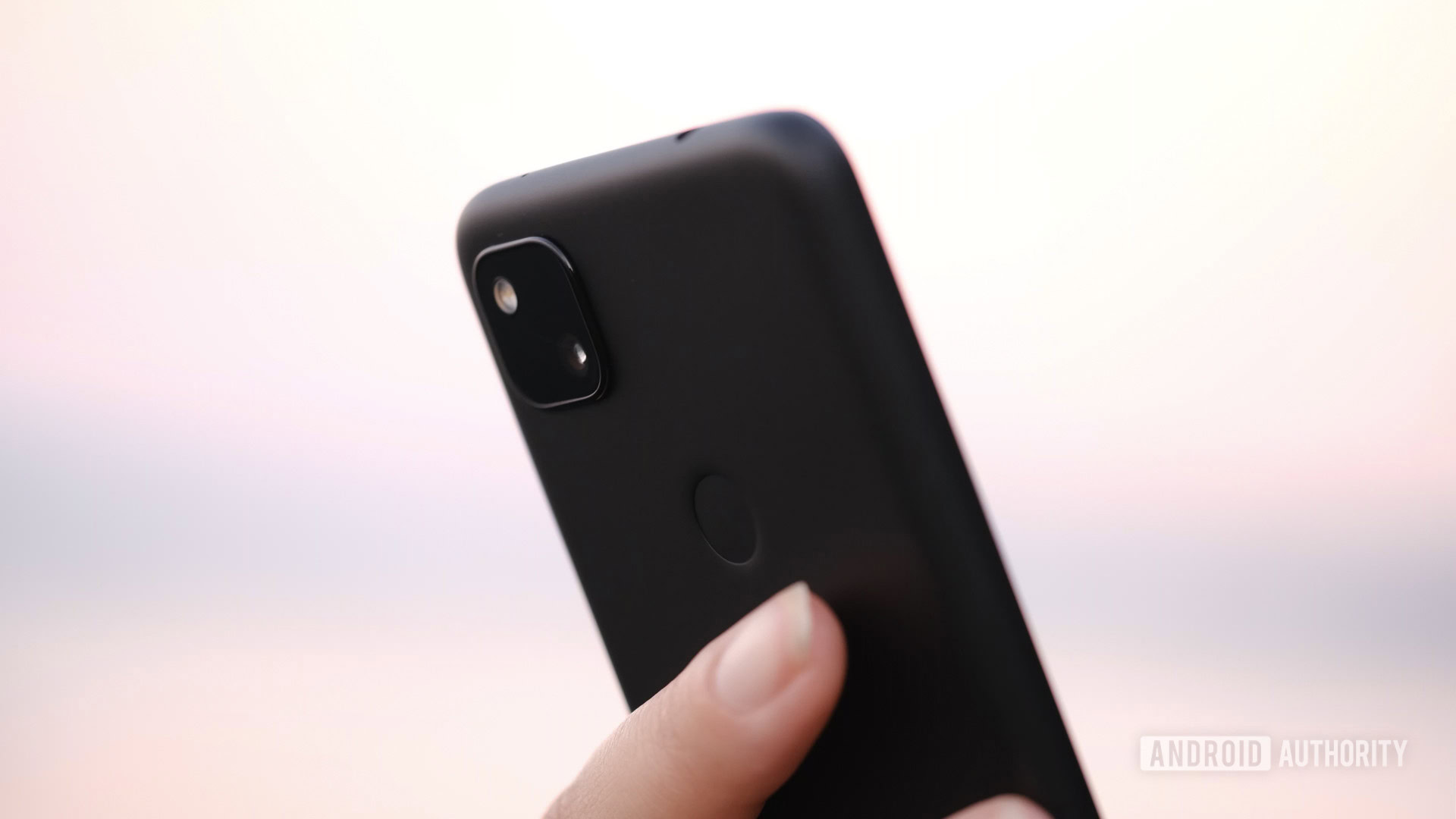
It used to be the case that you’d only have a PIN code or pattern unlock to secure your phone. This wasn’t exactly the most seamless method of unlocking your device, but the alternative was disabling these security measures. However, we did see some phones with fingerprint scanners back in 2011, like the Motorola Atrix, but the speed and accuracy were pretty awful compared to what we have now.
Fast-forward to 2021, and fingerprint or face unlock is a given for hundreds of millions of smartphones out there. It’s not uncommon to find fingerprint scanners on phones available for $150 and under, like the Moto E and Nokia 2.4.
The best part is that today’s fingerprint scanners are fast and very accurate for the most part. It’s gotten to the point where even under-display fingerprint sensors are pretty good too. These scanners can be used for more than just unlocking your phone, too, as apps and websites let you use your fingerprint to log in, and you can even get fingerprint-protected file safes on most devices today.
That’s it for our look at early smartphone problems that have largely been solved. Are there any other problems that have quietly been solved without most people realizing it?